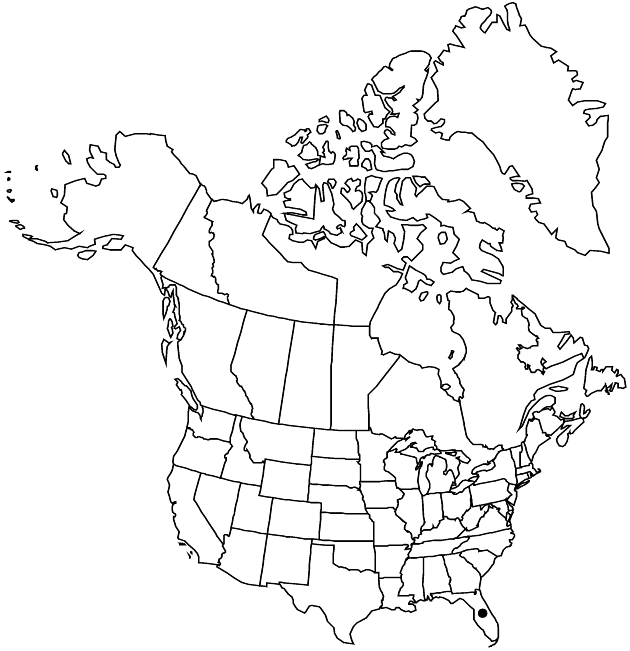Difference between revisions of "Palafoxia feayi"
Proc. Amer. Acad. Arts 12: 59. 1877.
FNA>Volume Importer |
FNA>Volume Importer |
||
| Line 46: | Line 46: | ||
|publication year=1877 | |publication year=1877 | ||
|special status= | |special status= | ||
| − | |source xml=https://jpend@bitbucket.org/aafc-mbb/fna-data-curation.git/src/ | + | |source xml=https://jpend@bitbucket.org/aafc-mbb/fna-data-curation.git/src/f6b125a955440c0872999024f038d74684f65921/coarse_grained_fna_xml/V19-20-21/V21_980.xml |
|tribe=Asteraceae tribe Heliantheae | |tribe=Asteraceae tribe Heliantheae | ||
|subtribe=Asteraceae (tribe Heliantheae) subtribe Chaenactidinae | |subtribe=Asteraceae (tribe Heliantheae) subtribe Chaenactidinae | ||
Revision as of 18:51, 24 September 2019
Perennials or subshrubs, 100–300 cm. Stems strigillose to nearly glabrous, not stipitate-glandular. Leaf blades narrowly elliptic, broadly oblong, or ovate, 20–60 × 5–25 mm. Involucres campanulate or broadly to narrowly turbinate. Phyllaries 5–9 × 1–1.5 mm, ± equal, ± strigillose. Ray florets 0. Disc florets 15–30; corollas ± actinomorphic, 10–14 mm, throats ± cylindric, longer than lobes. Cypselae 6–8 mm; pappus scales of inner cypselae 1.5–2 mm. 2n = 24.
Phenology: Flowering (spring–)late summer–fall.
Habitat: Sandy soils
Elevation: 0–10 m
Discussion
Selected References
None.
Lower Taxa
None.
